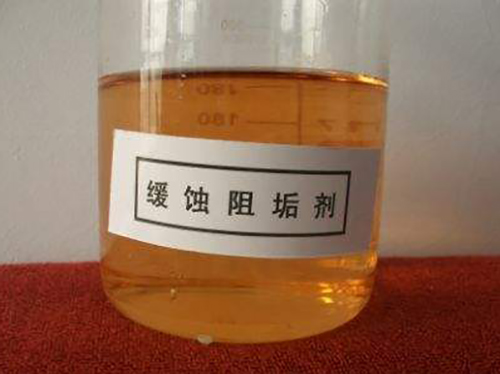polyaluminium chloride water treatment
Polyaluminium Chloride in Water Treatment
Polyaluminium chloride (PAC) is a widely used coagulant in the field of water treatment, recognized for its efficiency and effectiveness in enhancing water quality
. This inorganic polymer coagulant is particularly favored in various applications, including drinking water purification, wastewater treatment, and industrial processes.One of the primary functions of PAC in water treatment is to facilitate the removal of suspended solids, colloidal particles, and organic impurities from water. When added to water, PAC undergoes hydrolysis, leading to the formation of aluminum hydroxide flocs. These flocs agglomerate with contaminants, making them larger and heavier, thus allowing them to be removed more easily during subsequent filtration processes. The high charge density of PAC contributes to its superior coagulation properties, making it more effective than traditional coagulants such as aluminum sulfate.
The advantages of using PAC extend beyond its coagulation efficiency. For instance, PAC functions effectively across a broad pH range, which is crucial for varying water conditions. This flexibility allows treatment facilities to maintain optimal performance even in challenging circumstances, such as seasonal changes in water composition. Furthermore, PAC generates less sludge compared to other coagulants, reducing the burden on sludge management processes and minimizing the environmental impact.
polyaluminium chloride water treatment

Environmental considerations are increasingly important in water treatment practices. The use of PAC can contribute to sustainable water management. With its ability to reduce reliance on harsher chemicals and produce less waste, PAC aligns well with modern environmental policies aimed at protecting water resources while ensuring public health. As water scarcity becomes a growing concern globally, efficient treatment solutions like PAC play a vital role in conserving and managing water supplies.
In addition to drinking water and wastewater treatment, PAC is also employed in applications such as paper manufacturing, mining, and food processing. Its versatility stems from its ability to improve the separation of solids from liquids, thereby enhancing overall operational efficiency in various industrial settings. As industries seek sustainable ways to manage water and waste, the demand for effective coagulants like PAC is expected to rise.
Despite its numerous advantages, proper handling and dosage of PAC are essential to maximize its benefits and minimize potential risks. Operators must be trained to monitor water quality parameters and adjust the dosage accordingly. Overdosing can lead to excessive aluminum concentrations, which may pose health risks; hence, adherence to regulatory guidelines is paramount.
In conclusion, polyaluminium chloride stands out as a vital component in water treatment processes. Its effectiveness in coagulation, coupled with environmental advantages and versatility across various applications, positions it as a preferred choice for water treatment facilities worldwide. With ongoing research and development, the role of PAC in promoting safe and sustainable water management is likely to grow further, contributing to global efforts in addressing water quality challenges.
-
lk-319-special-scale-and-corrosion-inhibitor-for-steel-plants-advanced-solutions-for-industrial-water-systemsNewsAug.22,2025
-
flocculant-water-treatment-essential-chemical-solutions-for-purification-processesNewsAug.22,2025
-
isothiazolinones-versatile-microbial-control-agents-for-industrial-and-consumer-applicationsNewsAug.22,2025
-
scale-inhibitor-key-solutions-for-water-system-scale-preventionNewsAug.22,2025
-
organophosphonates-versatile-scale-inhibitors-for-industrial-water-systemsNewsAug.22,2025
-
scale-and-corrosion-inhibitor-essential-chemical-solutions-for-water-system-maintenanceNewsAug.22,2025





